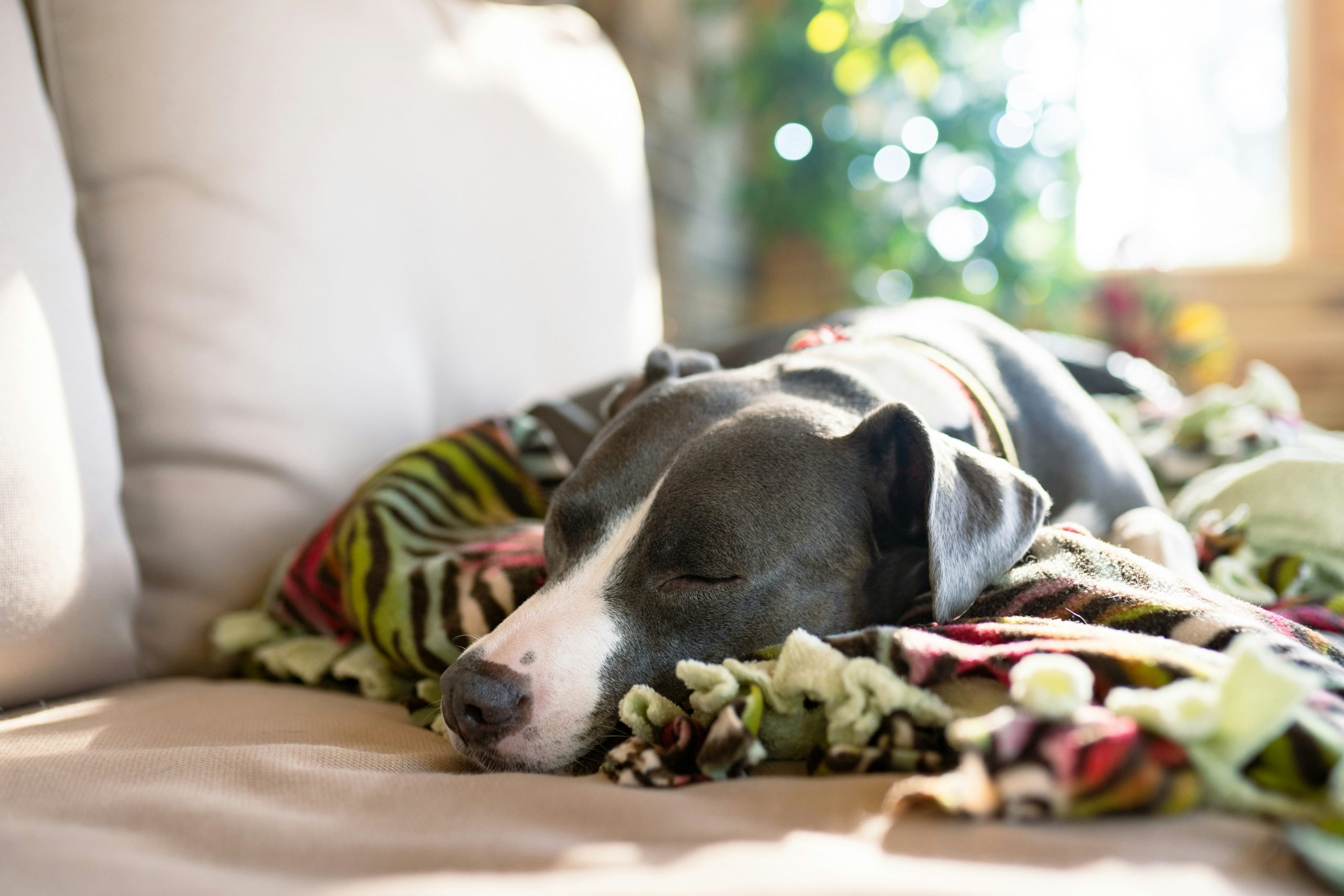
Much like physical therapy in humans, animal rehabilitation is a crucial aspect of veterinary medicine that focuses on restoring a pet’s physical abilities and overall quality of life after injury, surgery, or illness. This therapeutic approach uses various techniques to help animals recover more fully and quickly while easing pain and improving mobility. In this guide, we’ll explore the fundamentals of animal rehabilitation, the various methods used, and the profound benefits it offers to our furry friends.
Understanding Animal Rehabilitation
Animal rehabilitation involves adapting human physical therapy techniques to meet different animal species’ specific anatomical and physiological needs. The goal is to achieve the best possible function and mobility of an animal’s body, enhancing their recovery and quality of life. It applies to various conditions, from post-operative recovery to chronic disorders like arthritis.
Who Benefits from Animal Rehabilitation?
Post-Operative Patients
Animals recovering from cruciate ligament repairs, spinal surgeries, or hip replacements.
Injury Recovery
Pets recovering from traumas like fractures or muscle injuries.
Chronic Conditions
Animals with arthritis, degenerative diseases, or chronic pain benefit significantly from regular rehab sessions.
Weight Management
Overweight pets can reduce their risk of numerous health issues through guided exercise and therapy.
Neurological Issues
Pets with conditions affecting their nervous system, such as intervertebral disc disease or post-stroke recovery.
Performance Animals
Sporting and working animals receive rehab to enhance performance and prevent injuries.
Key Components of Animal Rehabilitation
The techniques and tools used in animal rehabilitation are diverse, each tailored to address specific medical conditions or recovery goals:
Hydrotherapy
Water’s buoyancy, resistance and hydrostatic pressure relieve pain and improve muscle strength without the stress of full-weight bearing. This is often done using underwater treadmills or swimming pools.
Therapeutic Exercises
Custom exercises improve flexibility, strength, balance, and coordination. They are tailored to the animal’s specific needs and can range from simple movements to more complex tasks designed to retrain the animal’s ability to perform everyday activities.
Manual Therapy
Techniques such as massage, stretching, and joint mobilization help increase circulation, improve movement, and reduce swelling.
Electrotherapy
Transcutaneous electrical nerve stimulation (TENS) or neuromuscular electrical stimulation (NMES) reduces pain and enhances muscle function.
Laser Therapy
Low-level lasers can promote tissue repair, reduce inflammation, and relieve pain, accelerating healing.
Acupuncture
Often used alongside other treatments, acupuncture can help manage pain and stimulate nerve and muscle tissue.
Thermotherapy and Cryotherapy
Apply heat and cold to reduce pain, muscle spasms, and swelling.
The Process of Animal Rehabilitation
Assessment
The first step is a comprehensive evaluation, during which a trained veterinarian or a certified animal rehabilitation therapist assesses the animal’s condition, range of motion, level of pain, and functional capabilities.
Plan Development
Based on the assessment, a personalized rehabilitation plan addresses the animal’s needs.
Implementation
The plan involves regular sessions that may include various therapies. The frequency and types of treatment will depend on the animal’s specific condition and progress.
Monitoring and Adjustment
The animal’s progress is continually monitored, and adjustments to the rehabilitation plan are made to ensure optimal recovery.
Benefits of Animal Rehabilitation
The benefits of rehabilitation extend beyond simple recovery, offering:
Enhanced Speed of Recovery
Rehab can significantly speed up recovery, helping animals return to normal activities sooner.
Pain Reduction
Many therapies are designed to reduce pain, which can lessen the need for medications and improve overall well-being.
Improved Function and Mobility
Rehabilitation helps maintain and improve the range of motion and mobility, essential for a good quality of life.
Prevention of Future Problems
Rehab can also help prevent the recurrence of injuries or the worsening of chronic conditions.
Animal rehabilitation is a vital part of modern veterinary care that can significantly improve the lives of pets recovering from injury, undergoing surgery, or dealing with chronic conditions. By understanding the basics of animal rehabilitation and incorporating these therapies into a pet’s recovery plan, pet owners can significantly enhance their beloved animals’ health, well-being, and quality of life.